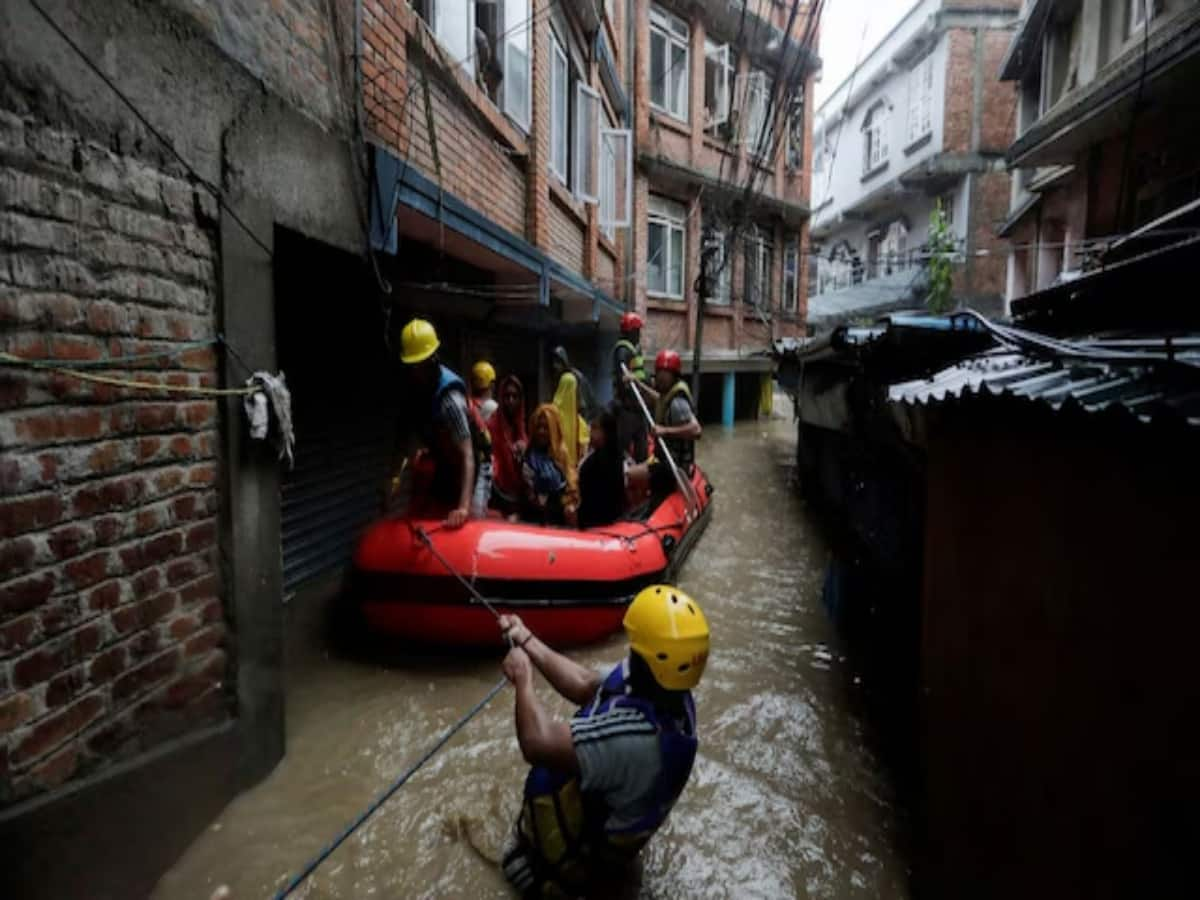The Impact of Recent Floods and Landslides in Nepal
Tragedy has struck Nepal as the country faces devastating floods and landslides caused by heavy rainfall. As of Sunday, the death toll has tragically risen to 151, with 56 individuals still reported missing. In response to this disaster, the government has announced a temporary closure of schools for three days to ensure the safety of students and facilitate rescue operations. The situation remains dire, with large areas of eastern and central Nepal experiencing severe flooding starts since Friday.
Extent of the Damage
In the Kathmandu Valley alone, the floods have claimed 37 lives, leaving eyewitnesses astonished at the scale of destruction, noting that such floods have not been witnessed in the valley for the last 40 to 45 years. Life in Kathmandu came to a standstill as floodwaters disrupted traffic and daily routines. Furthermore, the National Highway has been rendered impassable since Saturday due to landslides, stranding hundreds of people.
Rescue and Relief Efforts Underway
| Disaster Statistics | Details |
|---|---|
| Deaths Reported | 151 |
| Missing Persons | 56 |
| Houses Destroyed | 322 |
| Bridges Destroyed | 16 |
| Rescued Individuals | 3,626 |
| Security Personnel Deployed | Over 20,000 |
Ongoing rescue efforts have seen approximately 3,626 individuals successfully rescued, with more operations in progress. Home Ministry spokesperson Rishiram Tiwari has confirmed that all available resources are being actively deployed to reopen the obstructed highway sections.
Incident Reports and Eyewitness Accounts
Among the tragic incidents reported, 19 people lost their lives when a landslide buried a bus in the Dhading district near Kathmandu, while five additional casualties occurred due to a house collapse in Bhaktapur. On-site television footage highlighted the relentless efforts of police, equipped with knee-high boots, as they waded through the mud to retrieve 16 bodies from two buses that were tragically swept away by a landslide.
Weather Conditions and Environmental Concerns
Weather officials attribute these unprecedented rains to a low-pressure system situated in the Bay of Bengal, affecting various parts of Nepal and adjacent regions in India. Climate experts from the International Center for Integrated Mountain Development (ICIMOD) have voiced concerns that unplanned development in Nepal further exacerbates risks associated with climate change.
Call for Improved Infrastructure
Arun Bhakta Shrestha, an environmental officer from ICIMOD, has emphasized the severity of the flooding in Kathmandu, urging governments and urban planners to invest urgently in infrastructure improvements. These enhancements include the establishment of effective stormwater drainage and sewage systems, integrating both engineered (grey) and nature-based (green) solutions to mitigate future risks.
Current River Conditions
As the disaster unfolds, the Bagmati River in Kathmandu has risen to dangerous levels following the heavy rains. Meanwhile, though the water level in the Koshi River located in southeastern Nepal has begun to recede, it is currently flowing at nearly three times its normal capacity, heightening the threat of flooding in the nearby Indian state of Bihar.












